Table of Contents
- Types of Chemistry Lab Consumables
- Glassware Chemistry Laboratory Consumables
- Plasticware Chemistry Laboratory Consumables
- Metalware Chemistry Laboratory Consumables
- Chemicals and Reagents
- Miscellaneous Consumables
- Frequently Asked Questions (FAQs)
Keeping your chemistry lab stocked with all the necessary chemistry laboratory consumables can be a hectic task. No wonder the frustration when you need filter paper or phenolphthalein, only to find that your stock is exhausted. Don’t worry, this list has you covered. We have included every possible consumable you might need to run your chemistry lab smoothly—no matter if it’s a school or a college chemistry lab.
Types of Chemistry Lab Consumables
Chemistry lab consumables can be roughly divided into equipment and chemicals. Equipment includes various types such as glassware, plasticware, metalware, and miscellaneous items. Chemicals consist of metals, acids, bases, salts, and indicators.
Download the Complete Chemistry Lab Consumables List
Let’s look at each category in detail.
Glassware Chemistry Laboratory Consumables
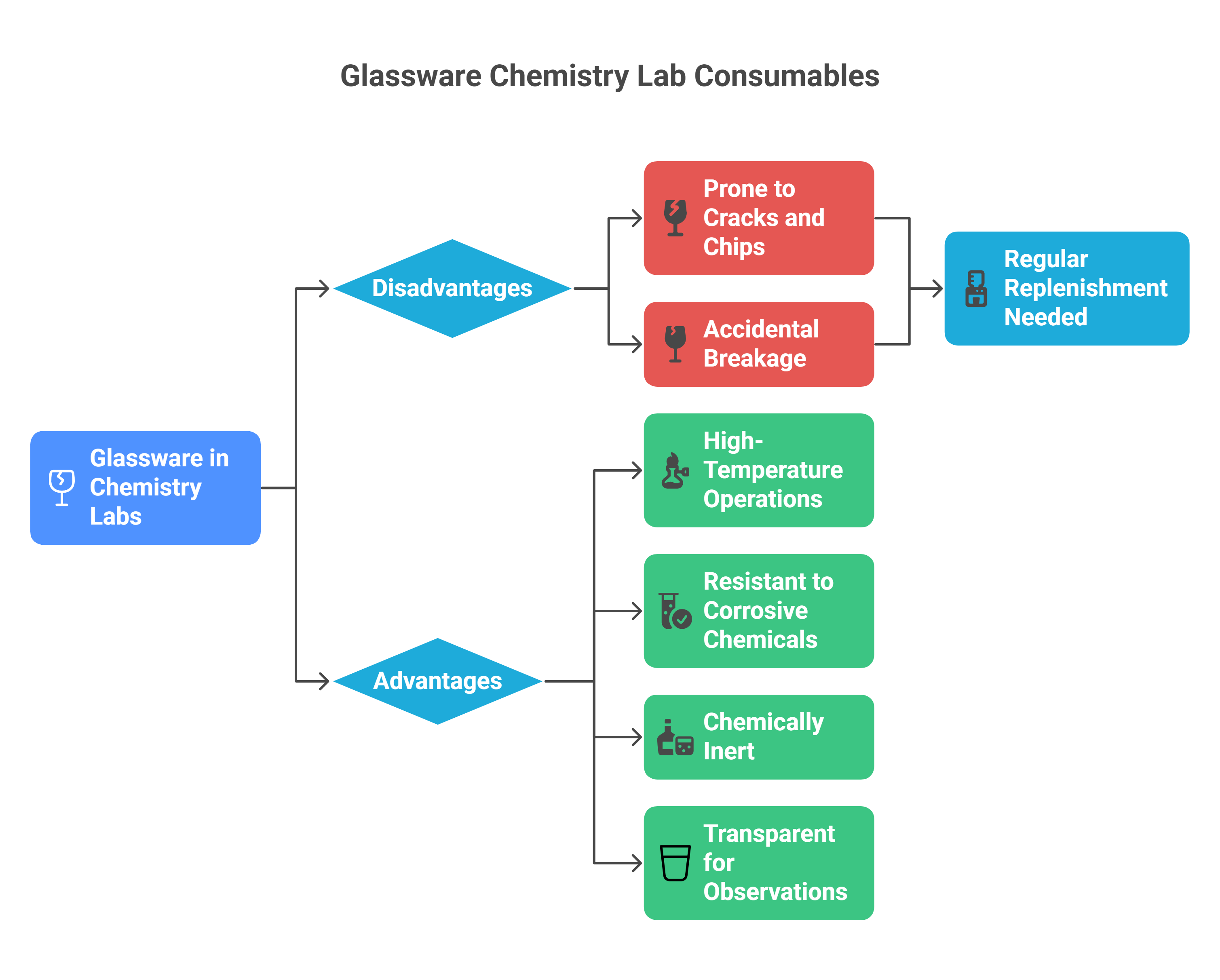
The following list covers all essential glassware chemistry lab consumables:
- Conical Flask (Erlenmeyer Flask)
A flask with a conical body, flat bottom and narrow neck, ideal for mixing liquids without spillage and suitable for titrations. - Glass Funnel
A conical glass tool used to channel liquids or fine-grained substances into containers with small openings, preventing spills. - Glass Graduated Pipette
A slender tube with graduated markings, designed to measure and transfer precise volumes of liquids. - Glass Rod
A solid, cylindrical rod used for stirring solutions to ensure even mixing of components. - Glass Bottle
Since glass is inert, liquid chemicals can be stored in glass bottles for long periods of time. - Volumetric Flask
A flask with a flat bottom and a long neck, calibrated to contain a precise volume at a particular temperature, used for accurate dilutions and preparation of standard solutions. - Glass Beaker
A simple cylindrical container with a flat bottom used to mix, heat, and stir liquids in chemistry laboratories. - Büchner Funnel
A funnel with a flat, perforated plate, used for filtration. Attached to a vacuum to separate solids from liquids efficiently. - Measuring Cylinder (Graduated Cylinder)
A tall, narrow cylinder with volume markings, designed to measure the volume of liquids accurately. - Measuring Flask
Similar to a volumetric flask, it is used for precise measurement and preparation of liquid solutions. - Round Bottom Flask
A spherical-bottomed flask used for uniform heating and boiling of liquids, commonly employed in distillation setups. - Watch Glass
A circular, slightly concave piece of glass used to evaporate liquids, hold solids while being weighed, or as a cover for a beaker.
- China Dish
A shallow, flat-bottomed porcelain dish used for evaporating liquids to leave behind solid residues.
Buy Chemistry Lab Consumables Today!
Plasticware Chemistry Laboratory Consumables
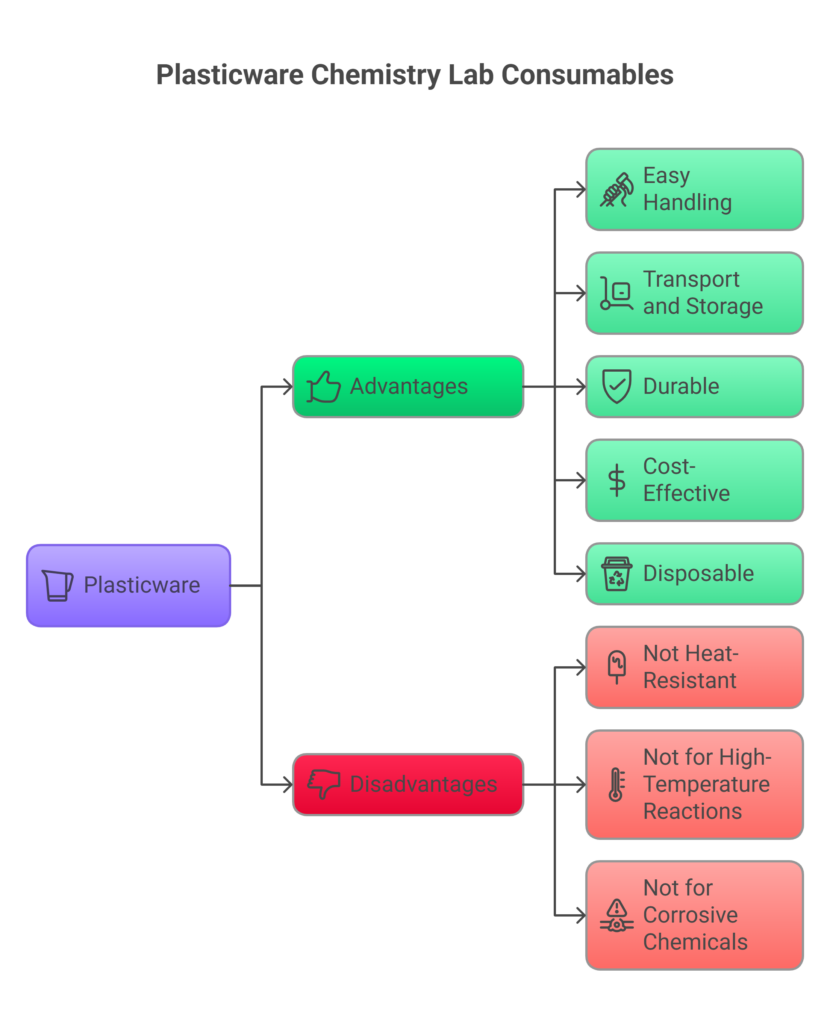
Most items listed under glassware chemistry lab consumables are also available in plastic variants. Depending on their degree of resistance, different types of plasticware are available for use in chemistry labs. Some are chemically resistant and can withstand moderately high temperatures, depending on the type of polymer. Most laboratory plasticware is made from polypropylene (PP) or polyethylene (PE).
Here are some commonly used plasticware chemistry laboratory consumables:
- Laboratory Bottles: Used to store non-corrosive chemicals at room temperature.
- Spatula: Used to measure and transfer powdered chemicals during experiments.
- Carboy: A large plastic container used to store double-distilled or deionized water for chemistry experiments.
- Test Tube Holder: Used to hold washed test tubes. These holders can be placed inside closed bases or wall-mounted cabinets. During experiments, they help manage multiple test tubes by providing stable support.
Metalware Chemistry Laboratory Consumables
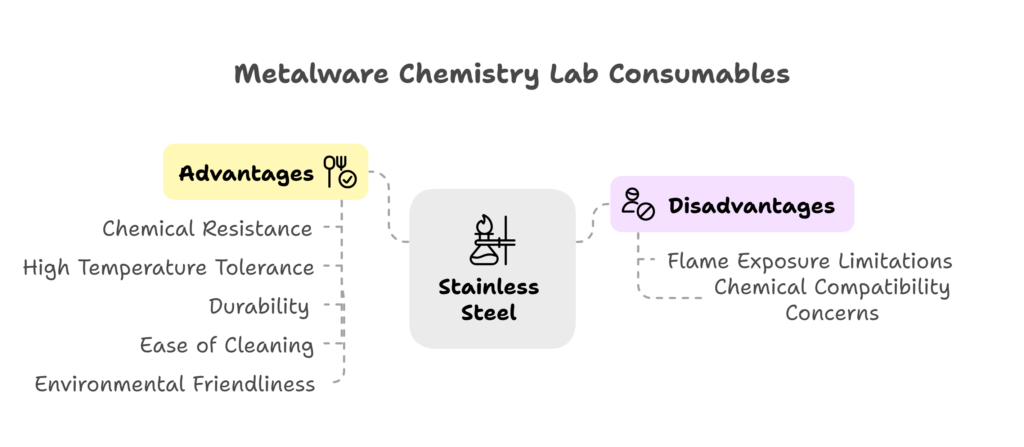
Stainless steel is commonly used in lab equipment because it resists chemical damage. Although it is not usually exposed directly to flames, it can safely handle hot fluids. It has high temperature resistance and can be used with corrosive substances like acids and bases. Stainless steel equipment is durable, long-lasting, easy to clean, and environmentally friendly.
However, you must carefully check whether a specific chemical can be safely used with stainless steel, as some metals may react with certain chemicals. When in doubt, refer to this compatibility chart:
Stainless Steel Chemical Compatibility Chart.
Here are some common stainless steel chemistry laboratory consumables:
- Magnetic Stirrer: Placed inside liquids to stir them magnetically, helping to dissolve solids or mix solutions evenly.
- Tongs: Used to safely handle hot beakers or other containers during or after heating.
- Wire Gauze: Placed over tripod stands to support glass beakers or other vessels during heating.
Chemicals and Reagents
To perform standard reactions in an educational chemistry laboratory in school or college, you will need the following chemistry laboratory chemical consumables:
- Acetic Acid
- Acetone
- Aluminum (Foil and Shot)
- Aluminum Ammonium Sulfate
- Aluminum Sulfate
- Ammonium Carbonate
- Ammonium Chloride
- Ammonium Hydroxide
- Borax
- Calcium Carbonate
- Calcium Chloride
- Calcium Chloride – Granular Form
- Calcium Hydroxide
- Calcium Oxide
- Calcium Oxychloride
- Calcium Sulfate
- Citric Acid
- Cobalt Chloride
- Copper Carbonate
- Copper Sulfate
- Corn Starch, Powder Form
- Cupric Chloride
- Dextrose
- Ethanol
- Ethanol 200 Proof
- Ferric Ammonium Sulfate
- Ferrous Sulfate
- Gum Arabic
- Hydrochloric Acid
- Hydrogen Peroxide
- IKI – Iodine and Potassium Iodide Solution
- III – Iron Chloride Solution
- Iron Nails
- Isopropyl Alcohol (IPA) 70% or 99%
- Iodine Potassium Iodide Solution
- Magnesium – Ribbon Form
- Magnesium Chloride
- Magnesium Sulfate
- Methanol
- 1% Phenolphthalein in Ethanol
- Phenolphthalein
- Phosphoric Acid
- Potassium Chloride
- Potassium Ferrocyanide
- Potassium Hydroxide
- Potassium Iodide
- Potassium Permanganate
- Potassium Sulfate
- Powdered Charcoal
- Powdered Iron
- Silver Nitrate
- Sodium Acetate or Trihydrate
- Sodium Bicarbonate
- Sodium Bisulfate
- Sodium Borate or Decahydrate
- Sodium Carbonate or Anhydrous
- Sodium Chloride
- Sodium Ferrocyanide
- Sodium Hydroxide
- Sodium Silicate
- Sodium Thiosulfate
- Starch Solution (1%)
- Strontium Chloride
- Sucrose (Table Sugar)
- Sulfur
- Sulfuric Acid
- Tannic Acid
- Tartaric Acid
- Water – HPLC Grade
- Zinc
- Zinc Sulfate
Miscellaneous Consumables
Chemistry Laboratory Safety Equipment
- Laboratory Safety Chart
Displays safety rules and emergency procedures for the lab. - Lab Coats
Protects clothing and skin from chemical spills and splashes. - Face shield
Shields the face from hazardous splashes, heat, or debris. - Safety Goggles
Protects eyes from chemical splashes, vapors, and particles. - Gloves
Protects hands from harmful chemicals.
Additional Chemistry Laboratory Consumables
- Lab Brushes
Used to clean test tubes, flasks, and other lab glassware.
2. Filter Paper
Used to separate solids from liquids during filtration.
3. pH Paper
Measures the acidity or basicity of a solution.
4. Test Tube Stand
Holds test tubes upright during experiments or drying.
5. Bunsen Burner
Provides a flame for heating substances in the lab under direct heat.
- Mortar and Pestle
Used to grind and crush solid chemicals into powders.
- Silica Crucible
Heats substances at high temperatures under direct heat without breaking.
- Tripod Stand
Supports glassware above a flame during heating.
Download the complete list of chemistry laboratory consumables
Frequently Asked Questions (FAQs)
1. What are consumables in a laboratory?
Consumables in a laboratory are items that are used up or discarded after a single use or a short period. These include materials like gloves, filter papers, test tubes, pipette tips, syringes, and reagents. They support daily lab activities and need regular replenishment.
2. What are 20 laboratory equipment and their uses?
Here is a list of 20 common laboratory equipment items along with their primary uses:
- Beaker: A cylindrical container with a flat bottom used for mixing, heating, and holding liquids.
- Erlenmeyer Flask (Conical Flask): A flask with a narrow neck and wide base, used for mixing and heating liquids without spilling.
- Test Tube: A small glass tube used to hold, mix, or heat small quantities of liquid or solid chemicals.
- Graduated Cylinder: A tall, narrow cylinder with volume markings, used for accurately measuring liquid volumes.
- Pipette: A tool used to transport a measured volume of liquid.
- Burette: A graduated glass tube with a tap at one end, used for delivering known volumes of a liquid, especially in titrations.
- Bunsen Burner: A small adjustable gas burner used for heating substances in the lab.
- Microscope: An instrument used to view very small objects by magnifying them.
- Balance (Scale): A device used to measure the mass of materials.
- Centrifuge: A machine that spins samples at high speeds to separate components based on density.
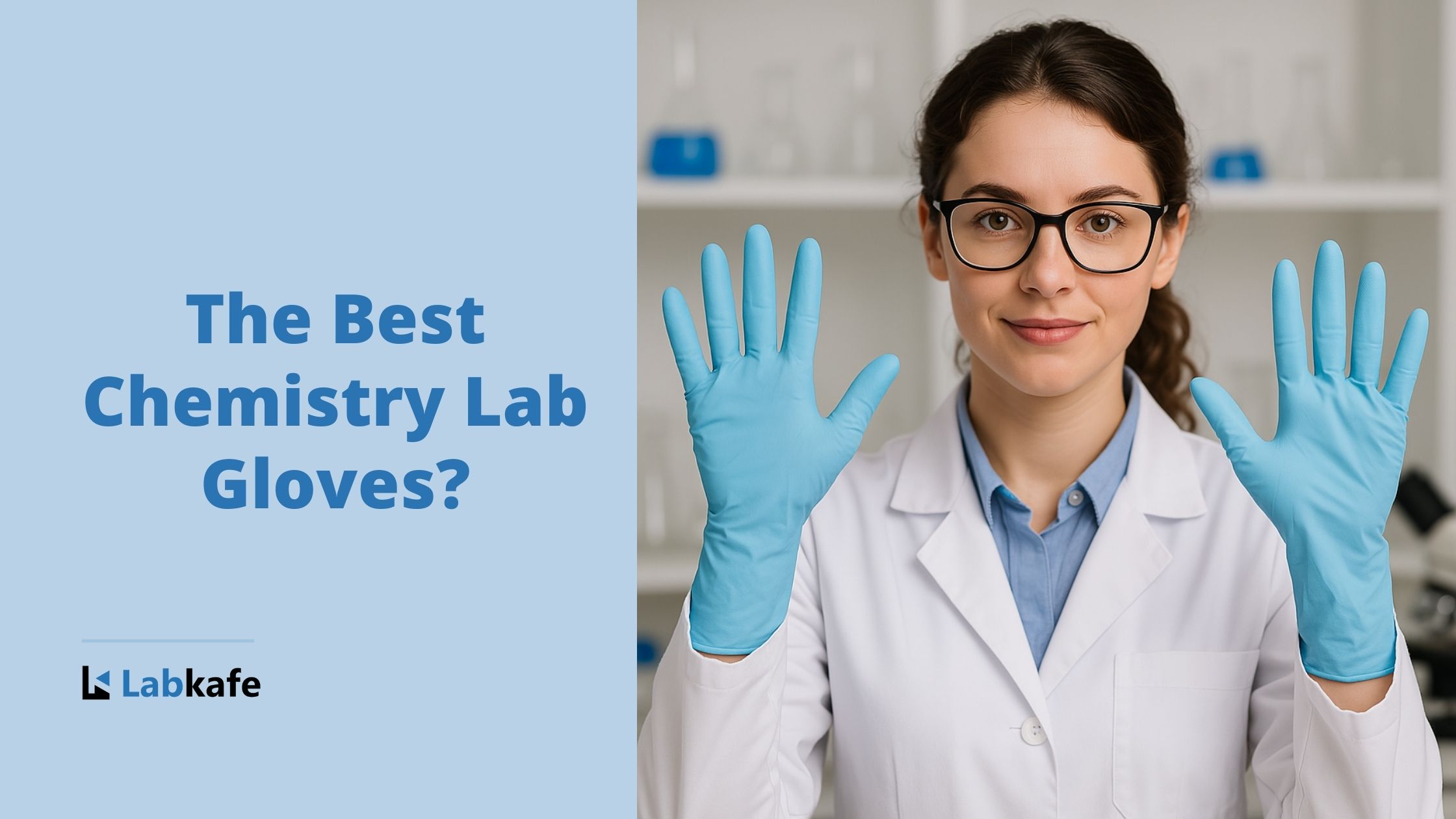
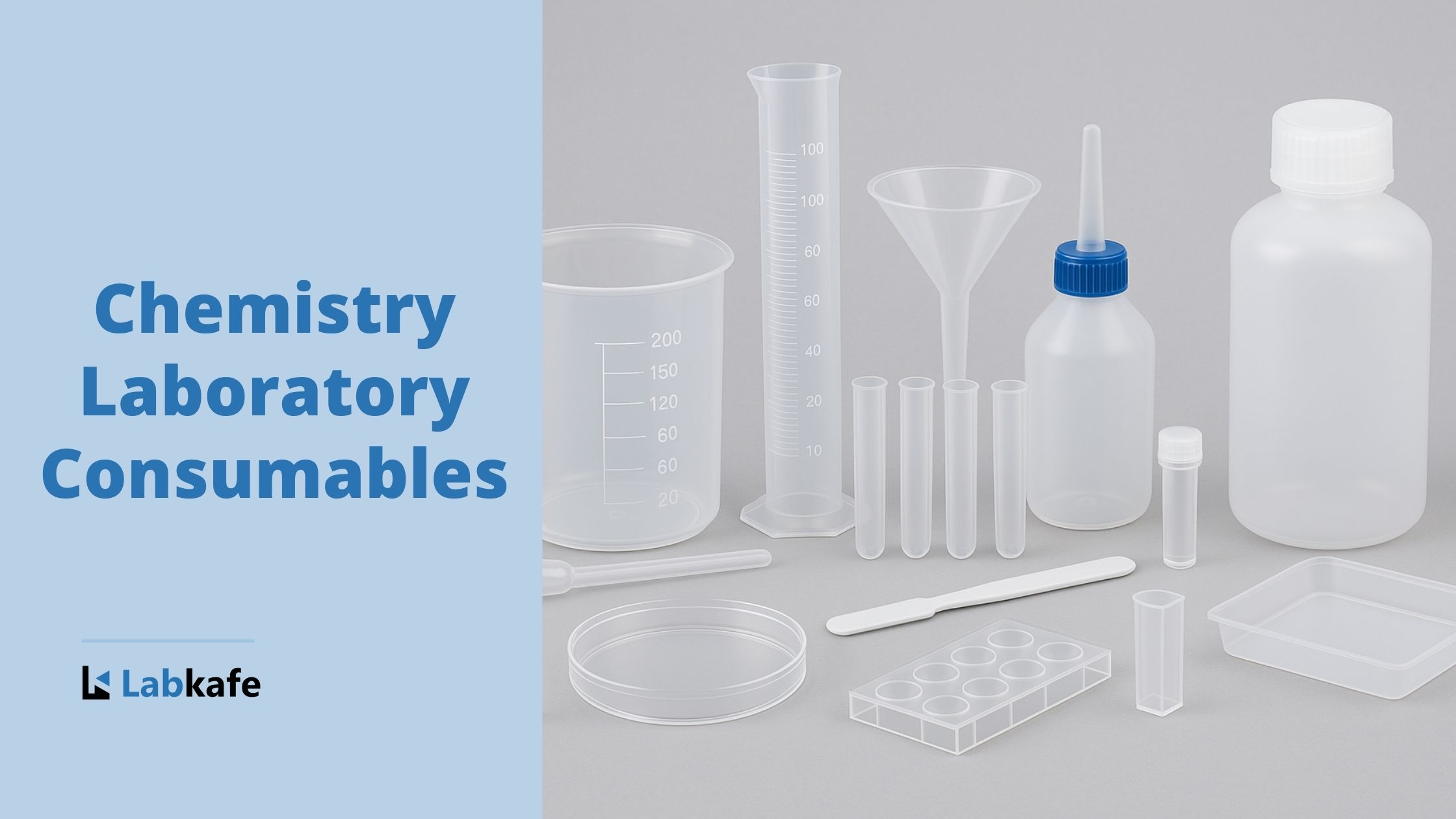
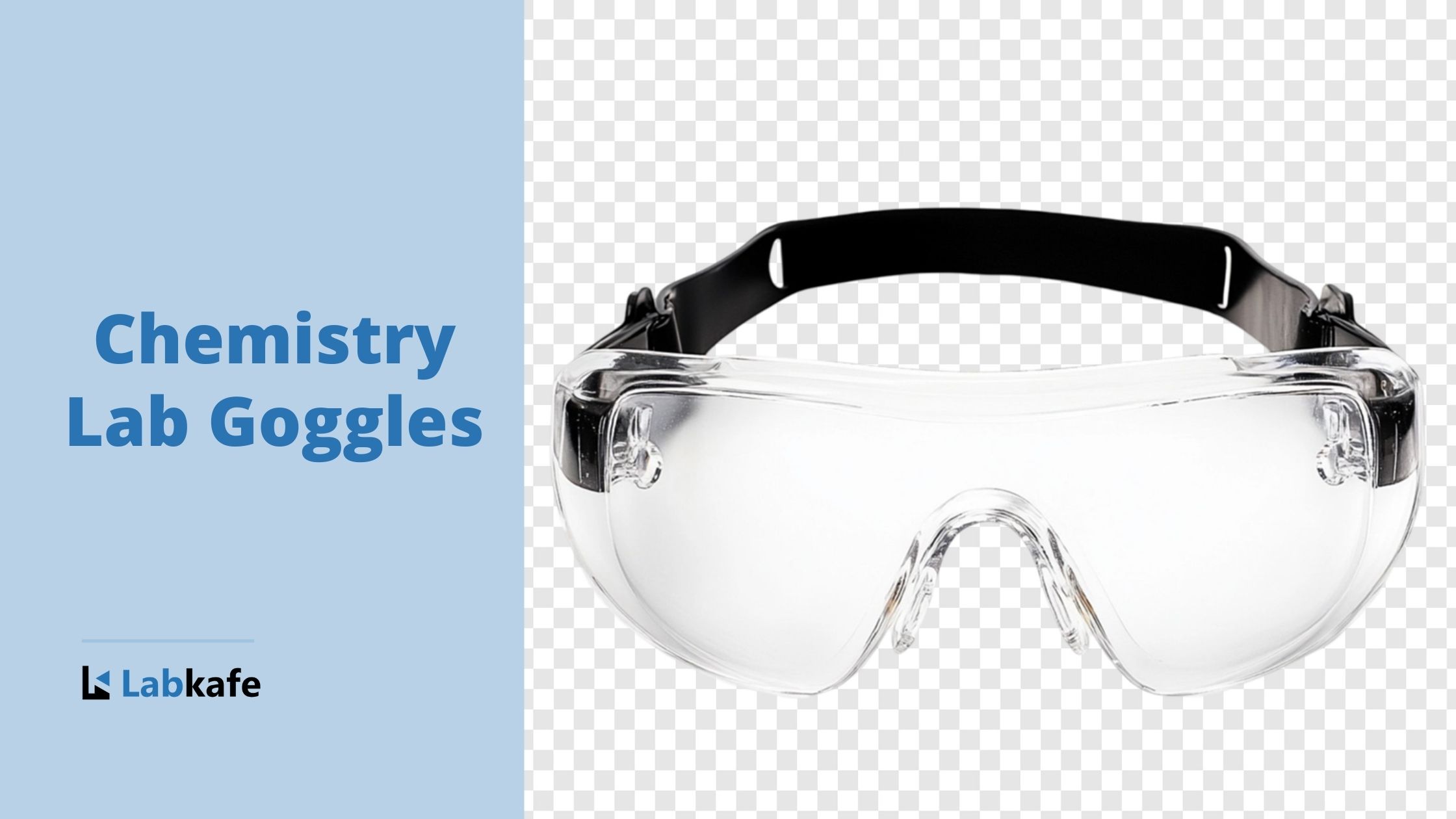

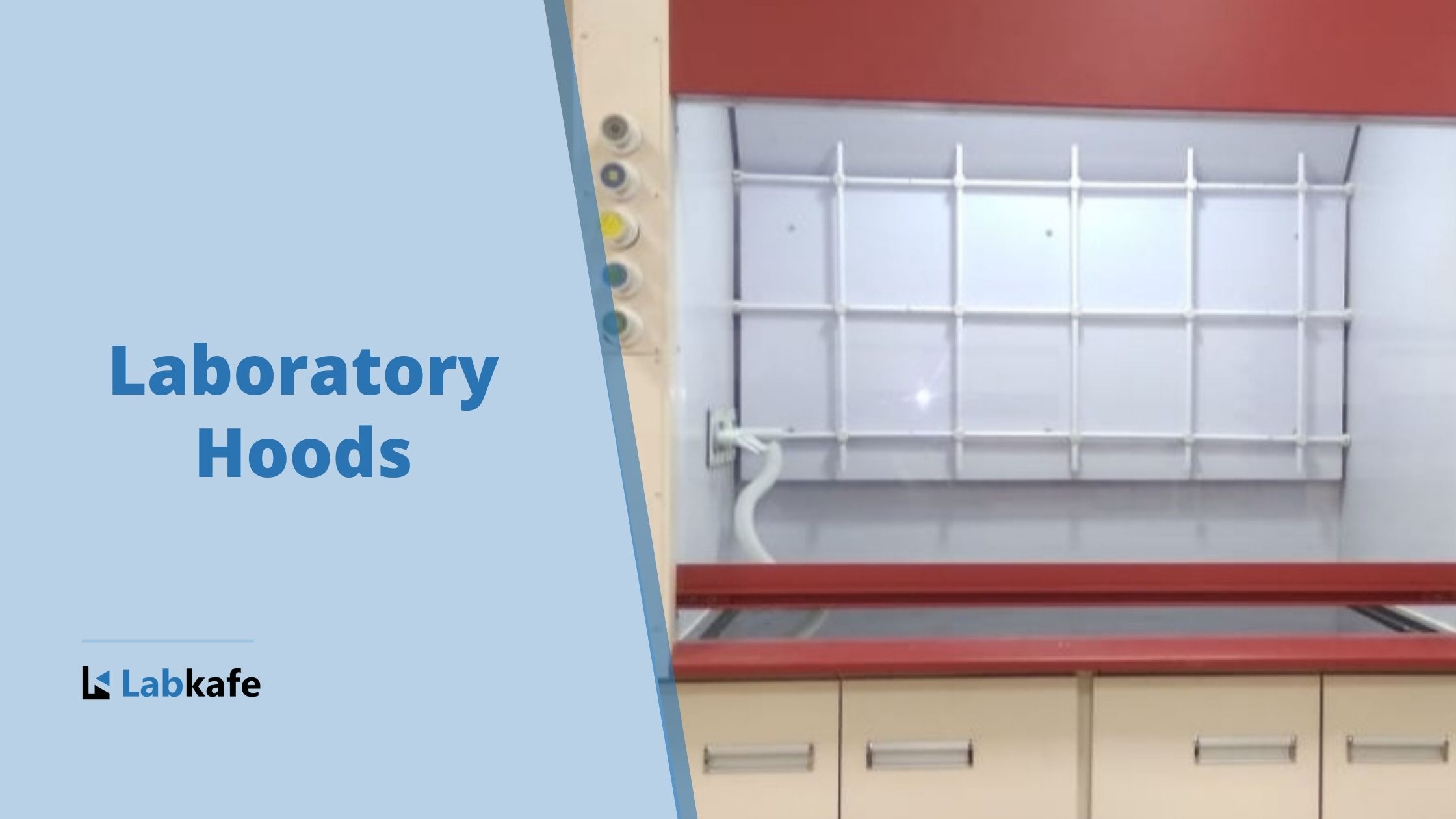
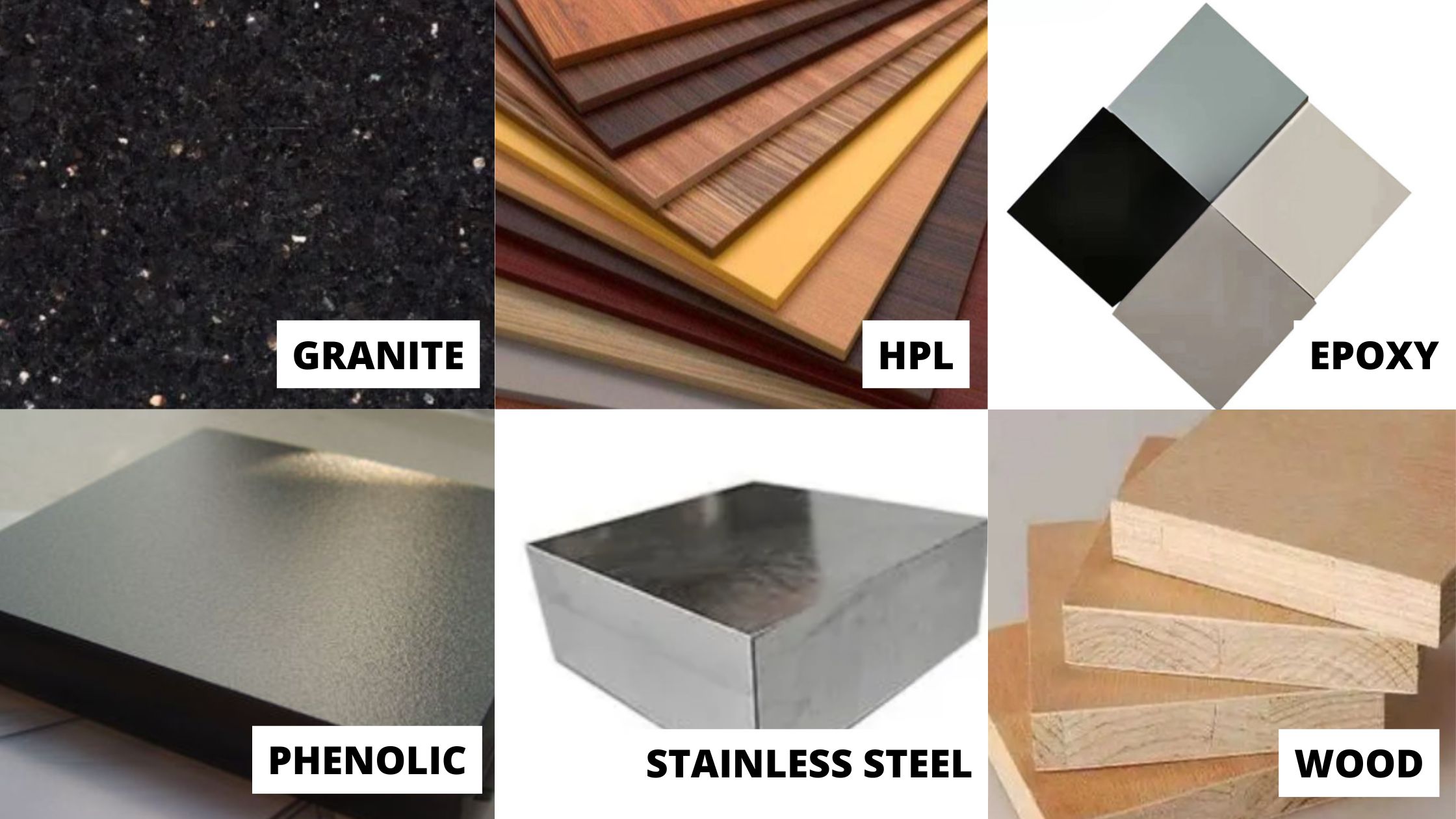
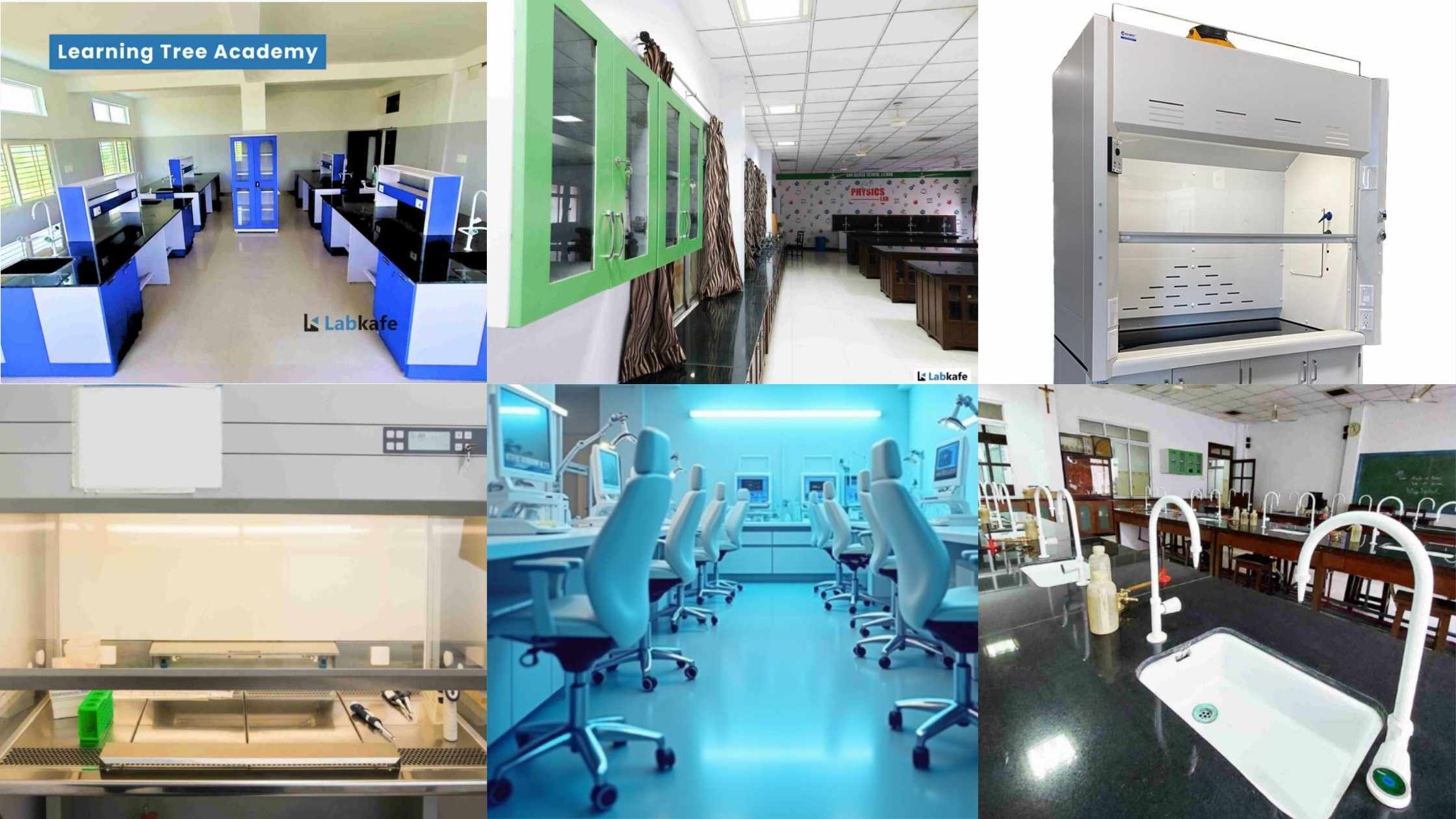
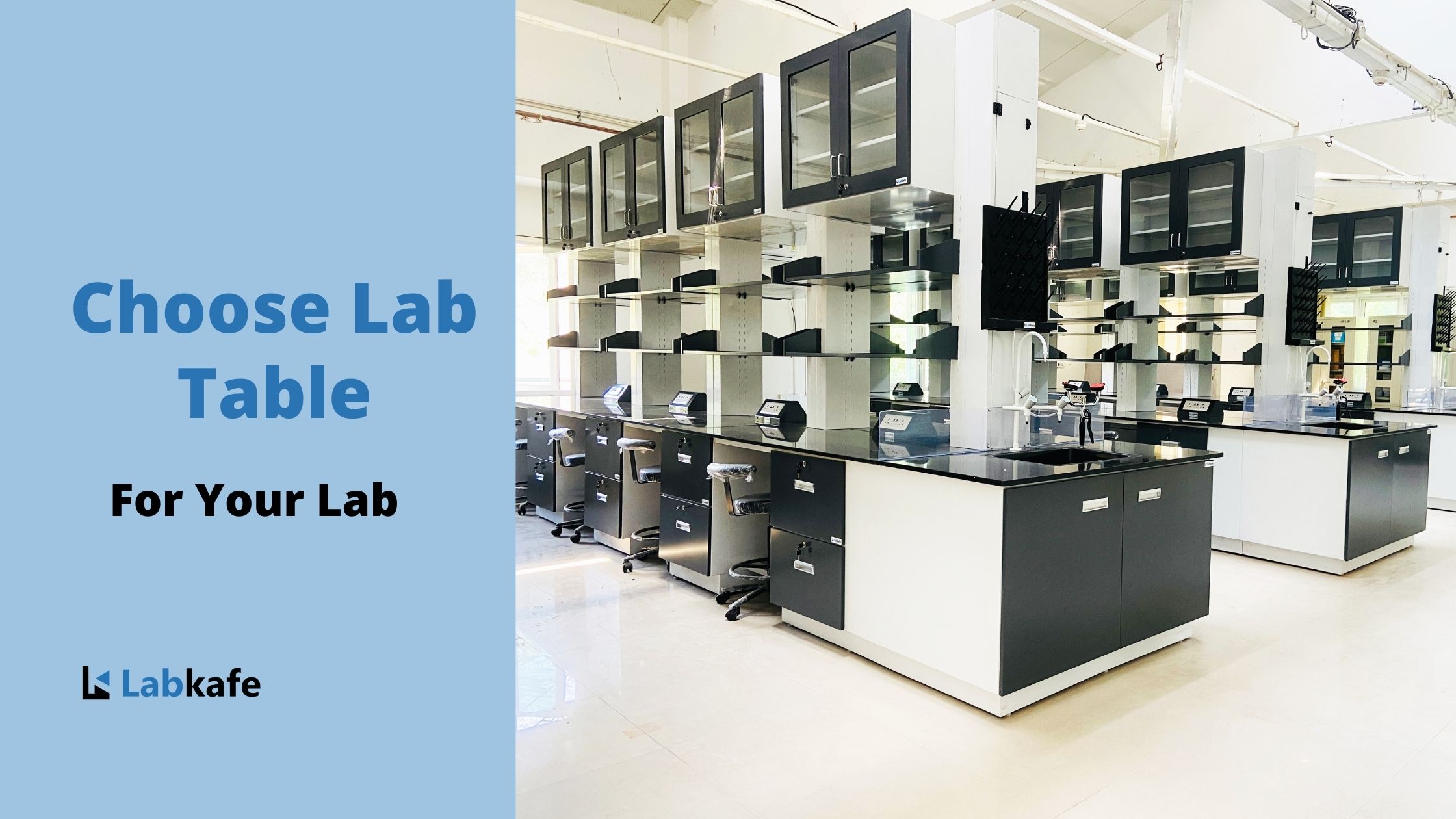
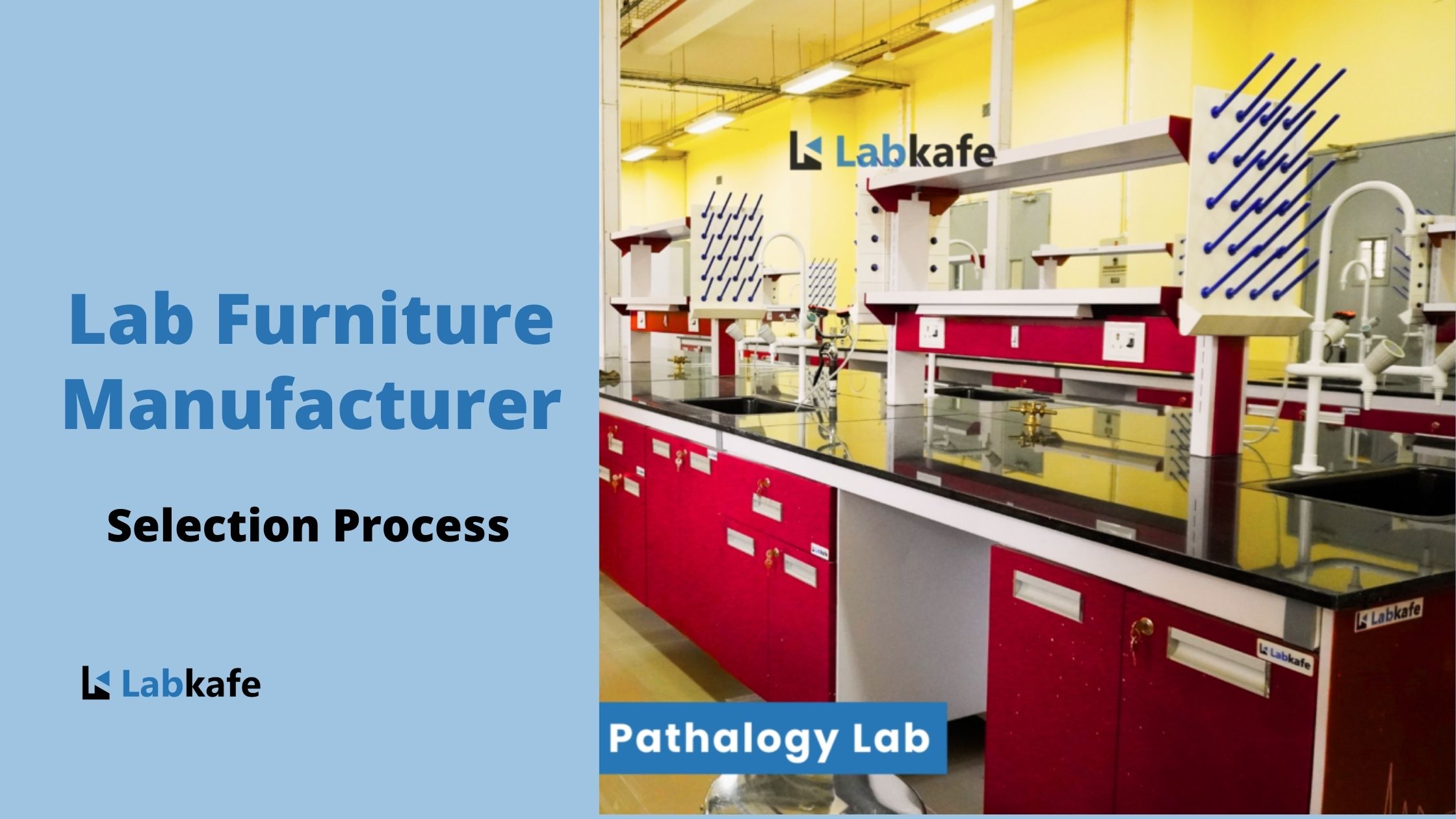
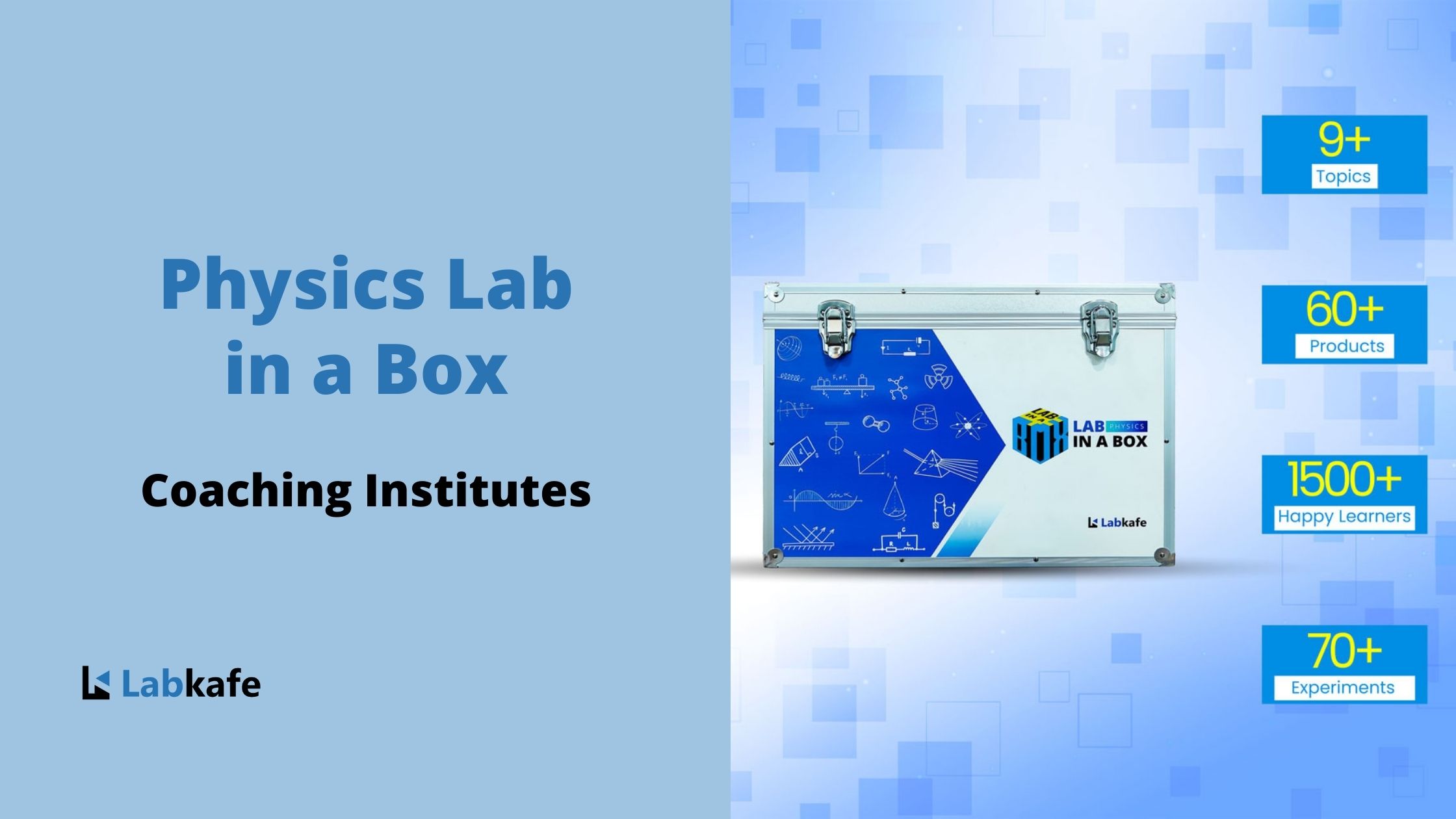
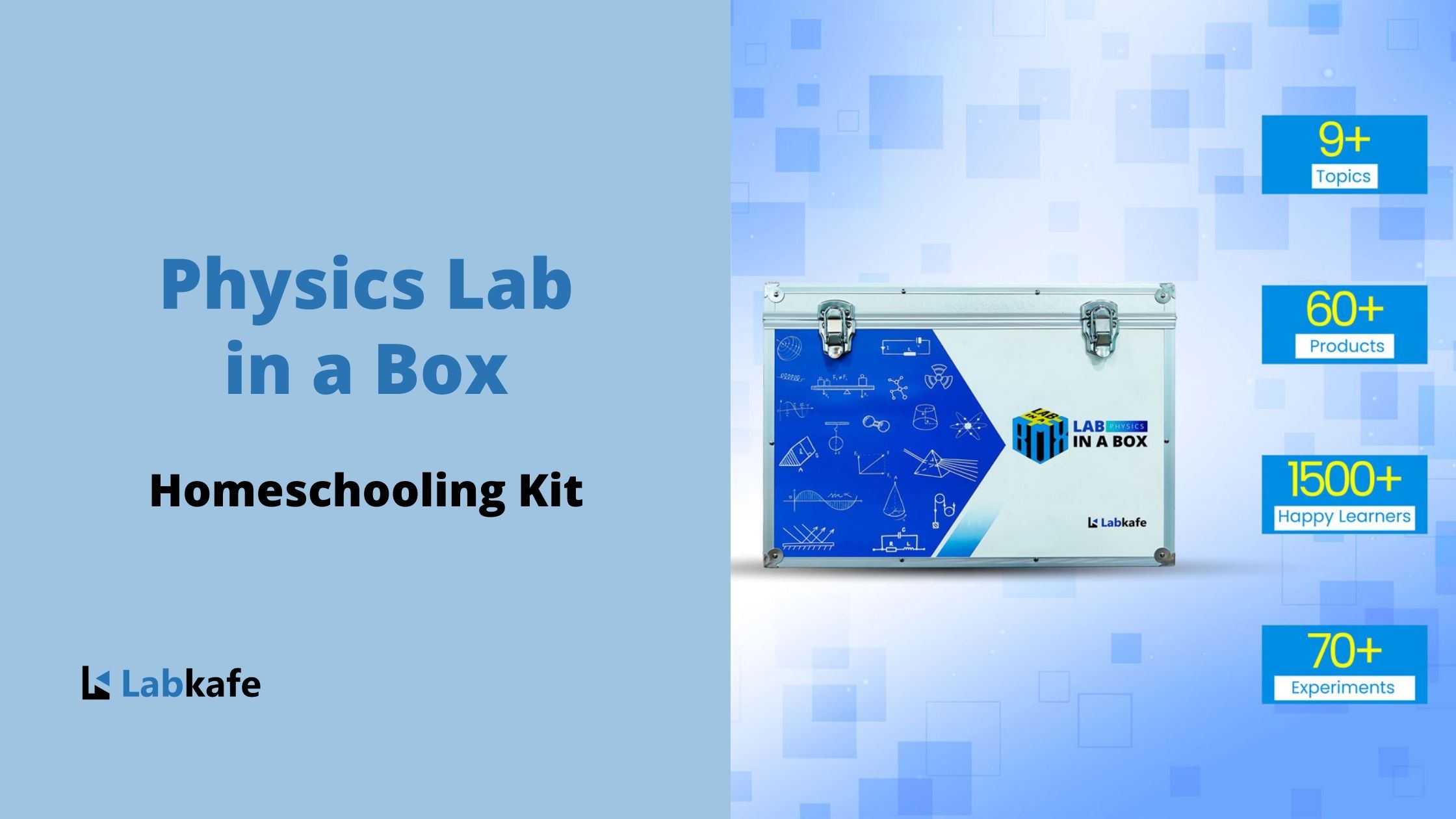
Leave a Reply